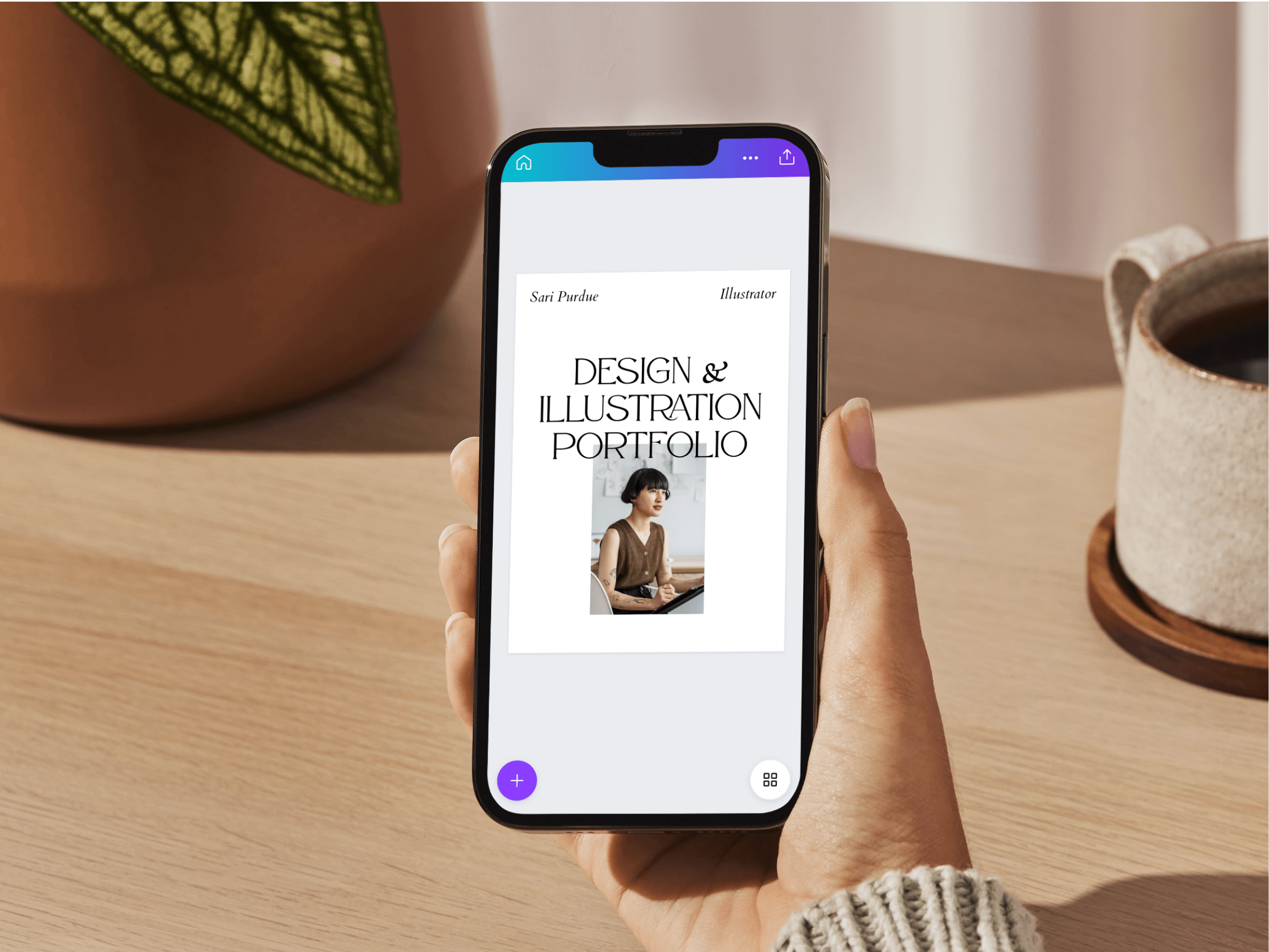Let’s face it—first impressions online happen fast. Whether you’re a designer, photographer, developer, or any type of creative professional, your portfolio isn’t just a digital business card. It’s your pitch. It’s the handshake, the resume, and the elevator speech all rolled into one.
And in a world where attention spans are approximately 3 seconds long, your portfolio’s looks can make or break the connection. That’s why choosing the right portfolio website template on www.templifica.com is more than an aesthetic decision—it’s strategic.
- Why Your Portfolio Needs More Than Just Pretty Pictures
We’ve all seen portfolios that are visually stunning… but completely forgettable. The reality is, even the most beautiful work can fall flat if the site doesn’t work—in terms of navigation, usability, storytelling, and speed.
A person browsing your portfolio is not there to leer; they want to get a sense of you. What do you do better than others? How do you think? What gets you pumped about what you do? A good portfolio site does all these things—in a way that is natural, concise, and forceful.
That’s where a good portfolio website template comes in. It takes care of the layout, structure, and interaction design so you can focus on what’s most important: showcasing your very best work.
- What Makes a Great Portfolio Template?
There’s no one-size-fits-all solution when it comes to portfolios. But there are a couple of things that distinguish the mediocre templates from the ones that really make your personal brand stand out.
It is your content that must be the focus-not the site itself. The top templates understand how to step out of the way and still give a professional-looking, cohesive appearance. That generally means simple layouts, lots of whitespace, and legible typography.
Maybe you have a dozen case studies to brag about. Or simply three great projects. A sturdy portfolio template can adapt to the amount and type of content you have. If you’re a copywriter or a 3D artist, your work needs to fit naturally within the design.
No one lingers for a loading portfolio. And don’t forget mobile visitors—your site should look equally as good on a phone as it does on a computer. Excellent templates are coded with speed in mind.
Colors, fonts, animations, project order—it should all be tweakable without a headache. Even if you’re not a developer, the best portfolio website templates make it easy to personalize the details so your site reflects your unique style.
Different creative fields call for different presentation styles. A photographer might want fullscreen image sets, while a UX designer might need text-and-process-broken case studies. This is a brief overview of what to look forward to based on your specialty:
Grid layouts with hover effects and category filtering work well here. You’d want to show visual panache without overwhelming the viewer.
Templates with the ability to handle large, high-resolution images with seamless transitions are a requirement. Ones that have fullscreen sliders or lightbox galleries are an excellent option.
Go for templates where you can pair project screenshots with short write-ups and code blocks. Bonus points if they include a blog feature or GitHub integration.
Opt for creative, even bohemian templates that reflect your style. Just make sure the design doesn’t hijack your work.
Keep clear typography, fast loading, and a good about page top of mind. Your writing is the star—let it shine, not get buried in fancy graphics.
A couple of bad habits can sink even the greatest creative’s web presence. Avoid templates that:
Are too trendy or too designy (they age quickly)
- Hide your navigation or make it hard to find plain stuff
- Use generic placeholder text you never get around to filling in
- Don’t enable video or high-res media if you don’t need to
- Let people scroll forever without structure
Always the goal is clarity and connection. You want someone to come to your site and be instantly like, “Ah, I get them in the first 10 seconds.”
- Templates That Save Time Without Sacrificing On Style
Not everybody has the time—or even the inclination—to build a site from scratch. The good news? Portfolio website templates today are smarter and more attractive than ever.
Platforms like Webflow, Squarespace, WordPress, and Framer have templates developed by top designers. They tend to include built-in animations, scroll effects, and responsive designs that look gorgeous out of the box. But they also let you make significant changes so your portfolio looks uniquely yours.
Choosing a template isn’t cheating. It’s paying attention to the things that matter: getting work done, writing case studies, making connections, booking gigs.
- Your Portfolio Is Never Really Finished
This should go without saying, but it is worth stating: your portfolio is not static. It needs to grow with you. That’s why choosing the right template is so important—it needs to be fluid enough to change as you do, but not so much that it needs to be redesigned every six months.
Make it your creative home on the internet. Welcome people in. Get it to function well. And above all, get it to tell your story.
Stay in touch to get more updates & news on Moon Valley News!
